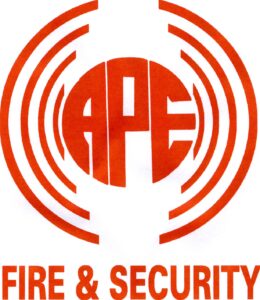Skip to content

APE Fire & Security was acquired by Churches Fire & Security in December 2023.
You will shortly be redirected to the Churches Fire & Security homepage.
Please wait while you are redirected...or Click Here if you do not want to wait.
Utilising Access Control to Secure Your Healthcare Facility
Author - Emily WeekesPublish Date - April 16, 2024Whether you manage a healthcare centre, doctor's surgery, clinic, residential or retirement home, security is crucial to the operation of your business.Read More >Supporting Service People In Career Next Steps
Author - Emily WeekesPublish Date - March 18, 2024Churches Fire & Security are proud to support service people in their career progression.Read More >Churches Fire & Security Celebrates International Women’s Day 2024
Author - Emily WeekesPublish Date - March 7, 2024Join us for a look at some of the incredible women behind-the-scenes at Churches Fire & Security.Read More >Fire Safety Guidelines for Retail
Author - Emily WeekesPublish Date - February 2, 2024We partner with retailers to ensure that fire safety is addressed to the highest standards, implementing a proactive approach to compliance to ensure that risks are minimised.Read More >Keeping Your School Safe From Fire
Author - Emily WeekesPublish Date - January 22, 2024Fire safety in schools forms part of essential maintenance that must be constantly monitored.Read More >Charity Partnership Removes Ocean Plastic
Author - Emily WeekesPublish Date - January 15, 2024The recruitment outsource partner of Churches Fire & Security works with Seven Clean Seas to remove plastic from the ocean.Read More >




